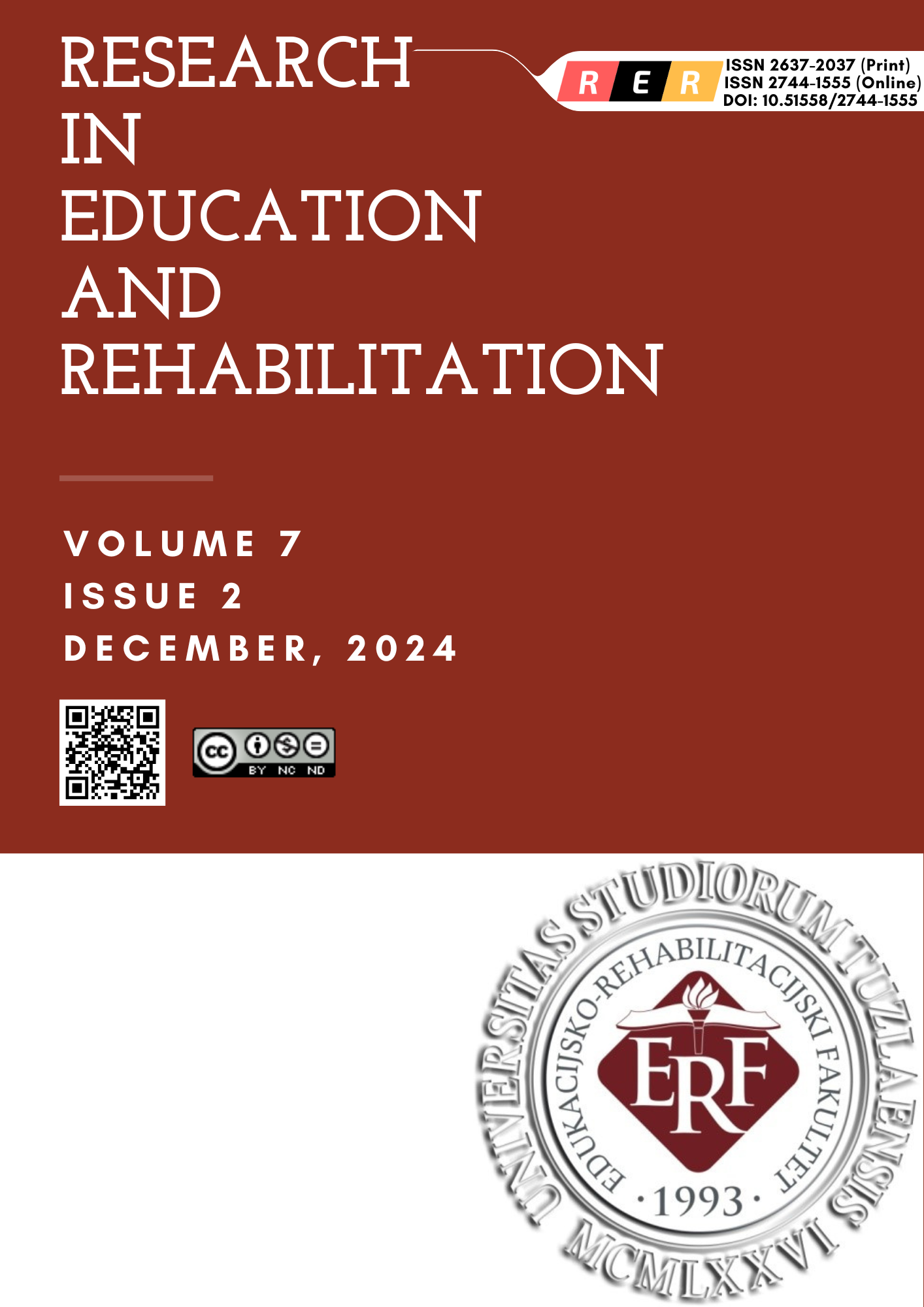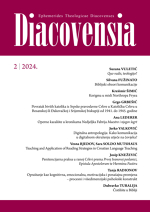
Depressive symptoms, age at diagnosis and a clinically defined metabolic syndrome as independent correlates of glycemic control in patients with type 2 diabetes mellitus
Objective: The findings concerning the association of metabolic syndrome (MetS) and depression with glycemic control are controversial. Recently, age at type 2 diabetes mellitus (T2DM) diagnosis has attracted particular attention but the relevant findings are limited. This study aimed to further assess the association between age at T2DM diagnosis, depressive symptoms and MetS with glycemic control in T2DM patients. Methods: In 116 T2DM patients we assessed disease-related and MetS-related variables as well as depressive symptom severity (Center for Epidemiological Studies-Depression scale - CES-D). Glycemic control, as assessed by glycated hemoglobin (HBA1c) levels, was the dependent variable. Results: Suboptimal HBA1c levels, i.e. 7% (53 mmol/mol) or higher, were found in 35.3% of the patients. Elevated CES-D scores indicative of clinically relevant depressive symptoms (CES-D≥16) or possible major depression (CES-D>23) where found in 31.9% and 11.2% of the patients, respectively. Younger age at T2DM diagnosis (p=0.004), greater treatment intensity (p=0.009), higher levels of depressive symptoms (p=0.011) and the presence of a clinically defined MetS (p=0.012) were the variables independently associated with glycemic control in multiple regression analysis after adjusting for sex, education, marital status, family history of diabetes and disease duration. Conclusion: In T2DM patients, the linear association found between depressive symptom severity and glycemic control points to the need of depressive symptoms being timely addressed. Younger age at T2DM onset may also be an important correlate of suboptimal glycemic control, independent of disease duration. Finally, classification of MetS in T2DM by clinical severity might help delineate its impact on glycemic control.
More...








